Locations That Inspired Great Southern Writers
Experience the places that inspired some of the most famous writers to create the literary settings that shaped our understanding of the American South.
 iStock
iStock
The Literary South: Florida
If you’re interested in a road trip that offers a unique getaway and feeds your mind, look southward to the places that inspired some of the most famous writers who lived in the South or studied the region from afar. These works share sharply rendered settings that capture the physical and social realms of areas in Florida, Georgia, North Carolina, South Carolina and Tennessee. Take the opportunity to slow down, appreciate the surroundings and develop a deeper understanding of the American South, a region rich in history and culture.
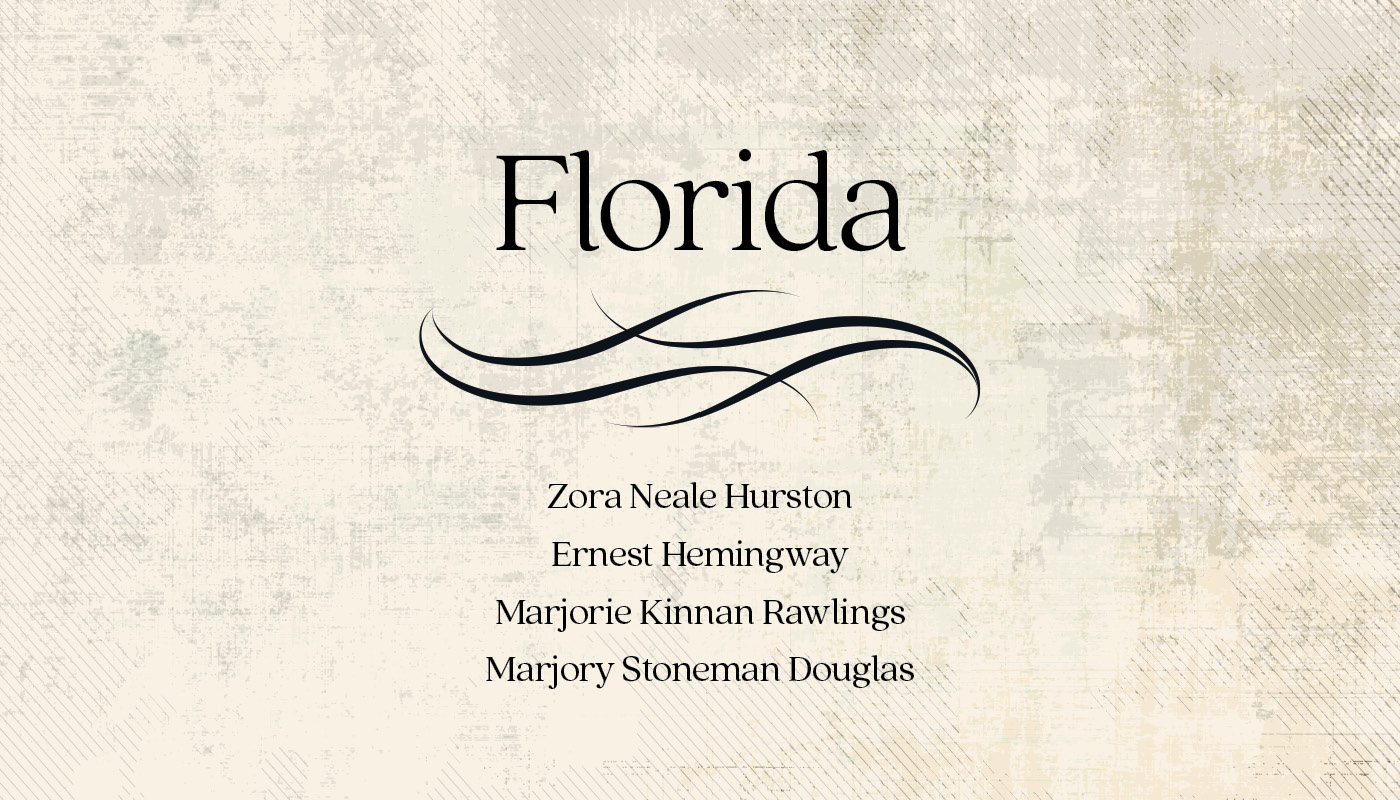
Their Eyes Were Watching God
Zora Neale Hurston’s best-known work vividly contrasts love and cruelty. Different areas of Florida play roles in the fictional story, but the social circles of Eatonville—Hurston’s hometown—are the real focal point.
Where To Go: The Zora Neale Hurston National Museum in Eatonville, north of Orlando, specializes in works by Hurston and other artists of African descent. It serves as a platform for the experiences depicted in her writings.
To Have and Have Not
Set in Key West, Ernest Hemingway’s tale of an honest man who keeps his family financially afloat through questionable means is both social commentary and high adventure. The 1944 movie changes the setting to Martinique, but the book is all about life in the Conch Republic.
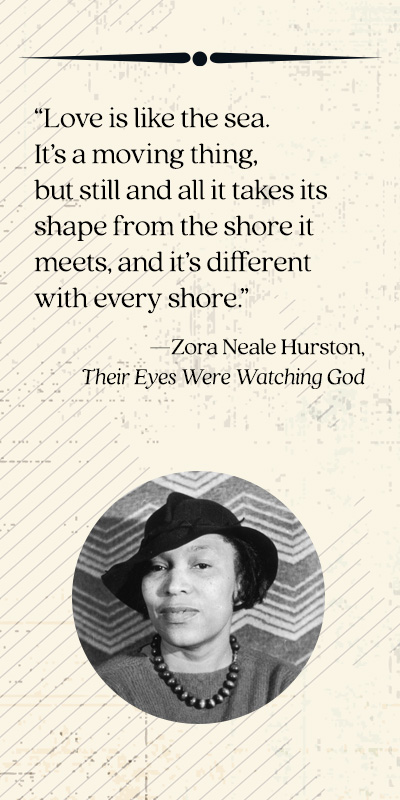
Where To Go: The Hemingway Home and Museum in Key West occupies the two-story house where he lived and wrote from 1931 to 1940.
The Yearling
The Pulitzer Prize-winning story about a boy, his pet deer and desperate choices is set in north Florida in the 1870s. The exact location isn’t named, but author Marjorie Kinnan Rawlings often used her home in tiny Cross Creek as inspiration.
Where To Go: The farmhouse where she wrote The Yearling and other works has been preserved as the centerpiece of Marjorie Kinnan Rawlings Historic State Park.
The Everglades: River of Grass
Changing the way we think about the Everglades—not just as a swamp but as an important ecosystem—Marjory Stoneman Douglas created one of the most influential books on nature conservation.
Where To Go: Her book was published in 1947, the same year Everglades National Park was dedicated. Fifty years later, 1.3 million acres of the park was christened in her honor.
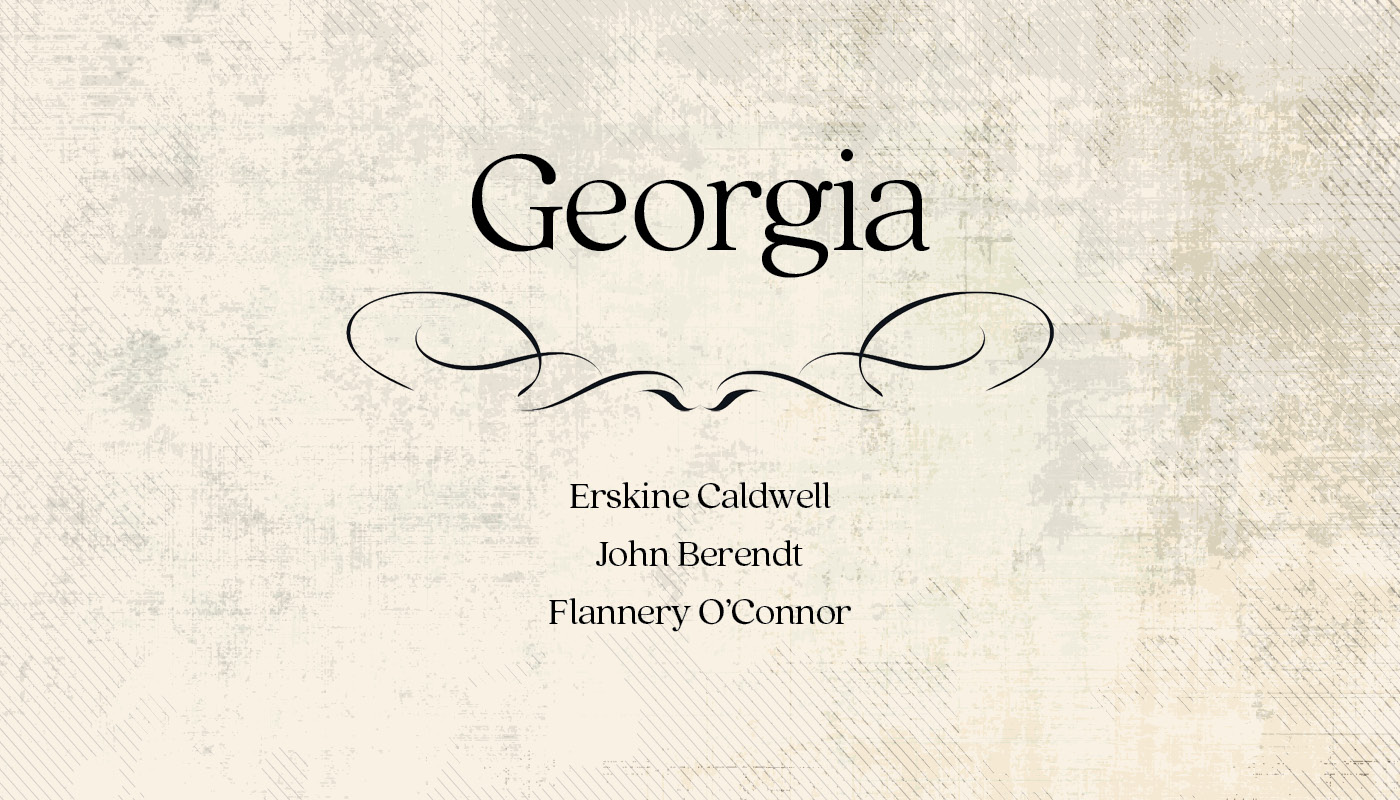
The Literary South: Georgia
Tobacco Road
Erskine Caldwell upset many readers with his gritty fictional story about tenant farmers near Augusta who were left physically, financially and emotionally devastated by the Great Depression. Resentment has subsided, and the book is now often listed among the best English-language novels of the 20th century.
Where To Go: Augusta’s real Tobacco Road—one of the city’s main highways—doesn’t have any ties to the novel, but local leaders who once tried to rename the street ultimately relented because of the book’s fame.
Midnight in the Garden of Good and Evil
A modern crime classic written in 1994 by John Berendt, the book is based on events that took place in Savannah during the 1980s. It straddles a fine line between fact and fiction and can almost serve as a travelogue for the city.
Where To Go: Much of the story takes place at the Mercer-Williams House, built in the 1860s, which is now a museum for furniture and art dating to the 17th century.
Flannery O’Connor: The Complete Stories
Several years after Flannery O’Connor’s death at age 39, her short stories and excerpts from her two novels were collected into this single volume, and in 1972, she was posthumously awarded the National Book Award. A devout Catholic, O’Connor often explores spiritual themes, such as original sin, guilt and the quest for salvation, in her fiction set in hard-scrabble Southern landscapes.
Where To Go: Now a museum dedicated to preserving the author’s legacy, Andalusia, a former cotton plantation in Milledgeville, is where O’Connor wrote the bulk of her literary output.
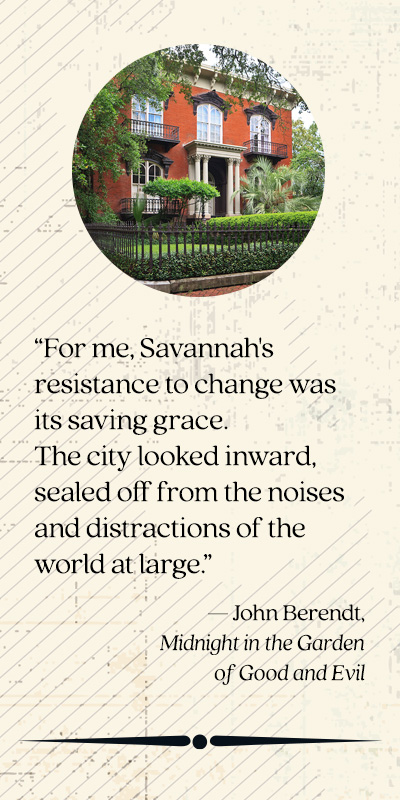
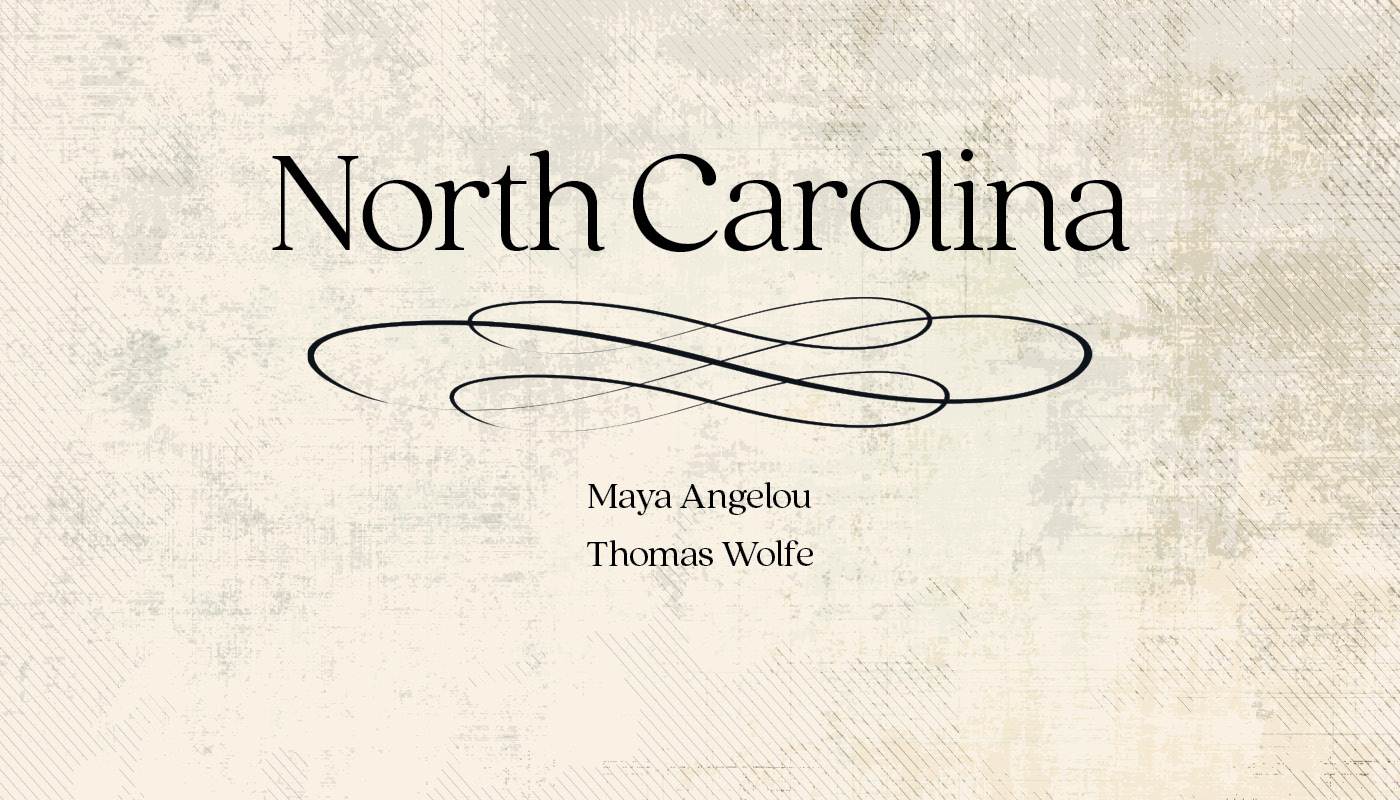
The Literary South: North Carolina
I Know Why the Caged Bird Sings
Maya Angelou’s 1969 autobiography, I Know Why the Caged Bird Sings, shares the story of the writer’s years growing up, a period when she overcame a turbulent family life and childhood trauma to become anindependent and accomplished woman. The book also shows the effects the racial segregation of the American South had on Black Southerners in the first half of the 20th century.
Where To Go: Angelou’s legacy looms large in Winston-Salem, North Carolina. Several institutions bear Angelou’s name including the Maya Angelou Center for Health Equity and a residence hall at Wake Forest University, where she taught for more than 32 years.

Look Homeward, Angel
Published in 1929, this largely autobiographical novel is a coming-of-age story about a young man who yearns to escape his small-town roots to explore the world of ideas. Wolfe renders the details of a troubled family and small-town life in memorable detail as the main character goes from his adolescent years to when he eventually sets off for graduate school at Harvard.
Where To Go: Take a guided tour of the Thomas Wolfe Memorial, once known as the Old Kentucky Home, the boarding house run by Thomas Wolfe’s mother in downtown Asheville. The literary giant spent his formative years living there, and he features it prominently in Look Homeward, Angel.
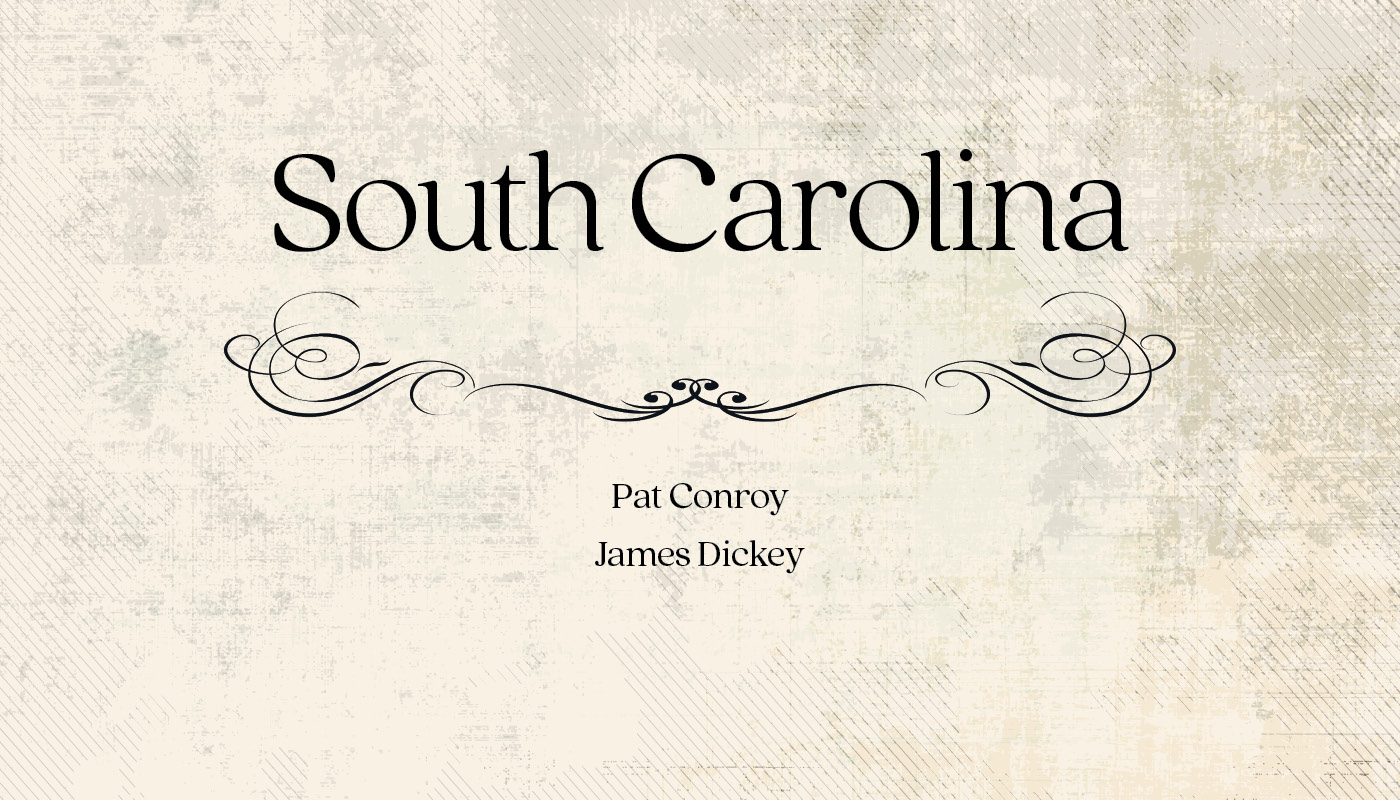
The Literary South: South Carolina
The Prince of Tides
Pat Conroy lived for extended periods in the South Carolina low country, which is one of the settings for his novel The Prince of Tides. Published in 1986, the book has long been noted for its vivid descriptions of the area’s marshes and the low country’s disappearing way of life. Spanning 40 years, from WWII to the 1980s, this compelling family saga explores the effects of trauma and mental illness. The 1991 adaptation of the book into a movie, starring Nick Nolte and Barbra Streisand, received seven Academy Award nominations, including one for best picture.
Where To Go: The Pat Conroy Literary Center, open Thursday through Sunday, hosts writing workshops, readings and other literary events.
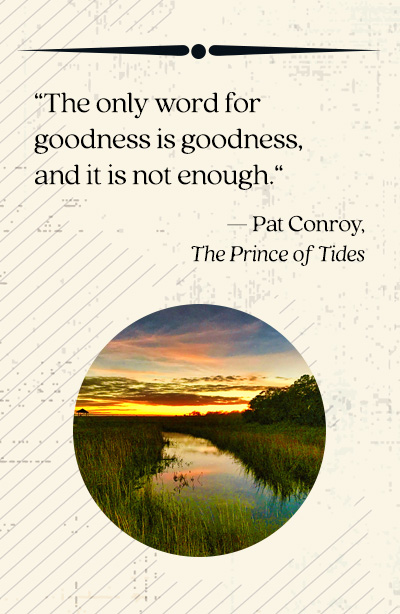
Deliverance
The Chattooga River goes by the name Cahulawassee in James Dickey’s 1970 novel, Deliverance, and the landmark film based on the book (Dickey wrote the screenplay). In the novel, four men from suburban Atlanta encounter violence and tragedy on a weekend canoe trip. The backcountry waters are as much a star of the film as lead actors Burt Reynolds and Jon Voight.
Where To Go: The Chattooga River flows from Cashiers to Lake Tugalo, spanning a portion of the Georgia-South Carolina state line—and the Nantahala Outdoor Center offers rafting trips from early spring into the fall.
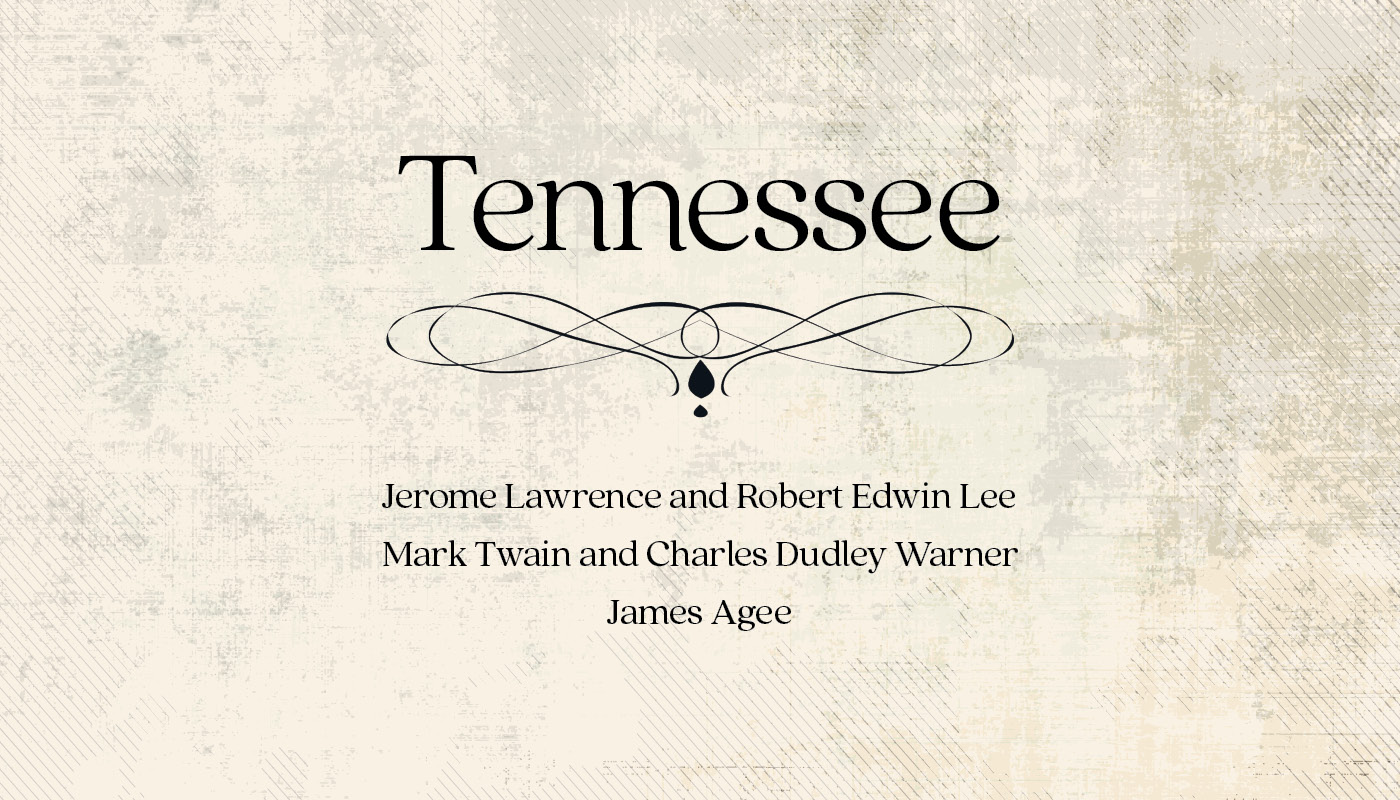
The Literary South: Tennessee
Inherit the Wind
In 1925, the landmark Scopes Trial took place in a Dayton, Tennessee, courthouse after high school teacher John Scopes was accused of violating a Tennessee law against teaching evolution in school. Jerome Lawrence and Robert Edwin Lee fictionalized the events in their play to raise a larger discussion about intellectual freedom.
Where To Go: Besides Dayton’s annual Scopes Festival each July, the Rhea County Courthouse—where the trial took place—is now a National Historic Landmark with a museum.
The Gilded Age: A Tale of Today
One of the first novels satirizing Washington politics, the plot of this book by Mark Twain and Charles Dudley Warner included the fictional Tennessee city of Obedstown. Historians say it’s a nod to the real Jamestown, Tennessee, where Twain’s parents lived before he was born.
Where To Go: Jamestown embraces its literary “hometown” hero with monuments that include Mark Twain Park, Mark Twain Spring, Mark Twain Avenue, a wooden Mark Twain statue and more.
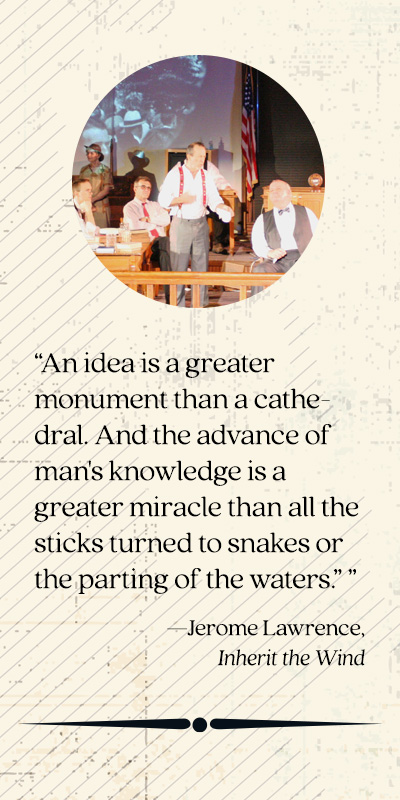
A Death in the Family
A classroom classic for more than 60 years, James Agee’s powerful, semi-autobiographical story about innocence and loss includes the famous prologue “Knoxville, Summer of 1915.” Told through the eyes of a 6-year-old boy, it won the 1958 Pulitzer Prize for Fiction.
Where to Go: For private moments of contemplation, check out Knoxville’s James Agee Park, a 1-acre magnolia-covered spot in a quiet neighborhood near the University of Tennessee.